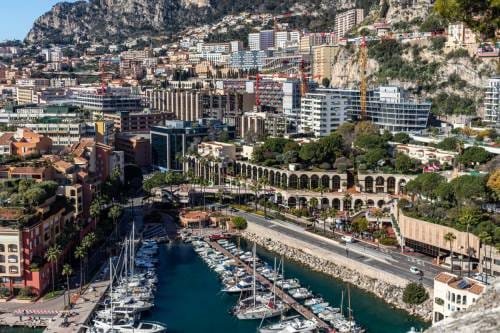Noam Yaron and his team were so close to claiming the World Record after attempting to swim from Calvi to Monaco. Starting on Saturday, August 9th, the athlete embarked on a 180km swim across the Pelagos Sanctuary, the largest Marine Protected Area in the Mediterranean. For 5 days and 4 nights, without leaving the water, the swimmer had almost reached Monaco.
Then, just a few kilometres from the beach at the Méridien Beach Plaza Monaco, the 28-year-old Swiss swimmer had to put his health and safety first. Strong sea currents and fatigue made him and his team make the difficult decision to put the world record on hold. He is currently being cared for by doctors.
Even though the record was not achieved, the extreme challenge still raised awareness about the preservation of the Mediterranean and the protection of its biodiversity.
“In 2025, this mission is more crucial than ever!” said Noam Yaron, before embarking on his epic swim.
Through his daring attempt, Noam Yaron still managed to raise awareness about the environment. Through his record attempt, he aimed to create real change, including: adapting “strong protection” in France to comply with the definition of “strict protection” set out by the European Union in its Biodiversity Strategy 2030. Also on his list of goals was reinforcing the level of protection of the Pelagos Sanctuary by creating additional strict protection zones within this area and reducing the speed limit for vessels in the Pelagos Sanctuary to 10 knots.
The Mediterranean represents 0.8% of the Ocean and is full of unique biodiversity, including the fin whale, the second largest whale in the world, and the monk seal. Its ecosystems, particularly the Posidonia seagrass beds, play a key role in capturing up to 15 times more carbon than the Amazonian forests on an equal surface area!
Yet, the Mediterranean Sea is fragile and in danger. The Mediterranean alone accounts for nearly 25% of global maritime traffic, and collisions with marine animals are the leading cause of unnatural mortality in the region. But there is a solution: Marine Protected Areas.
Scientists are clear, marine protected areas are one of the best tools available for protecting and restoring this biodiversity. Noam Yaron’s daring swim has brought much-needed attention and funds to important marine protected areas like the Pelagos Sanctuary.









